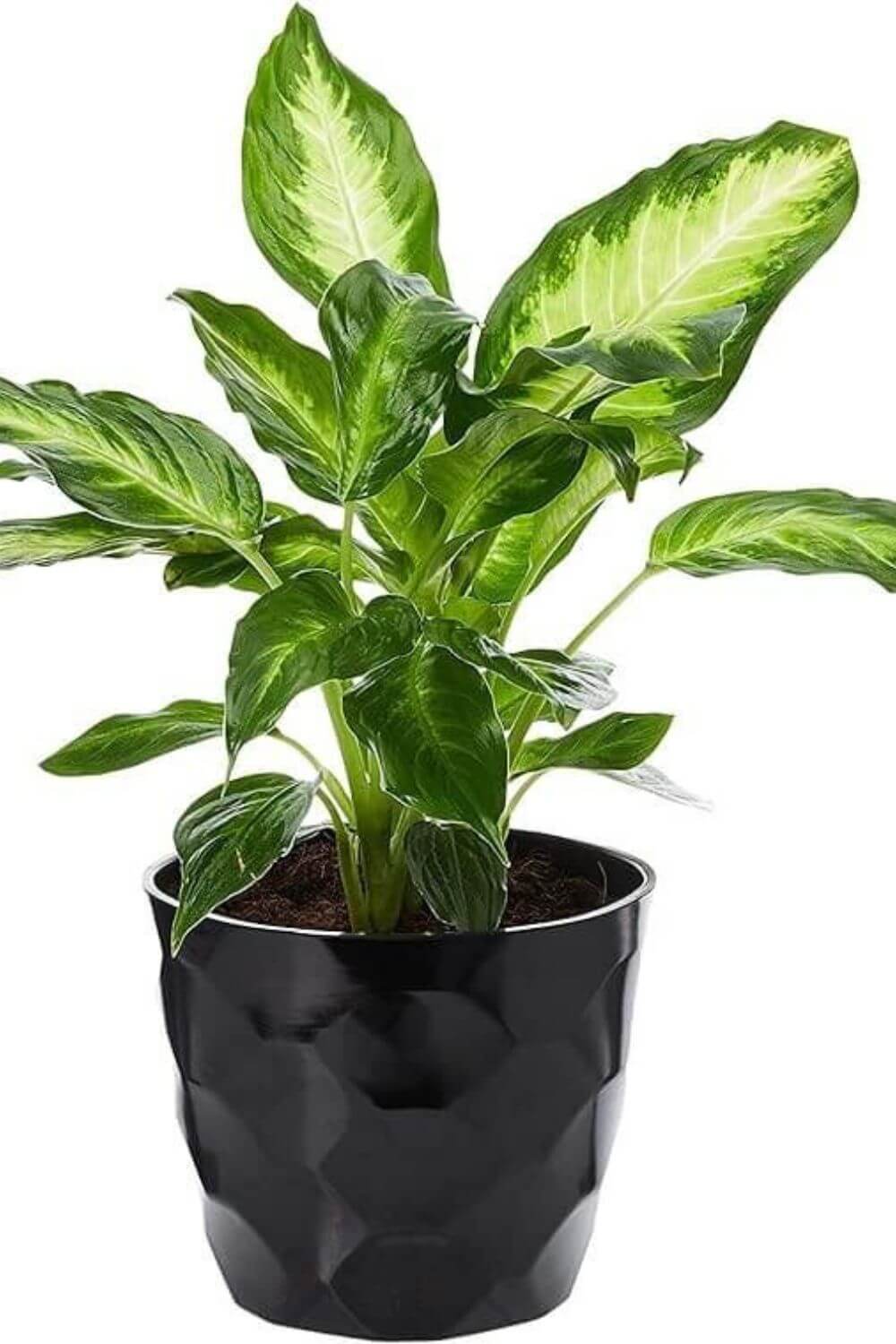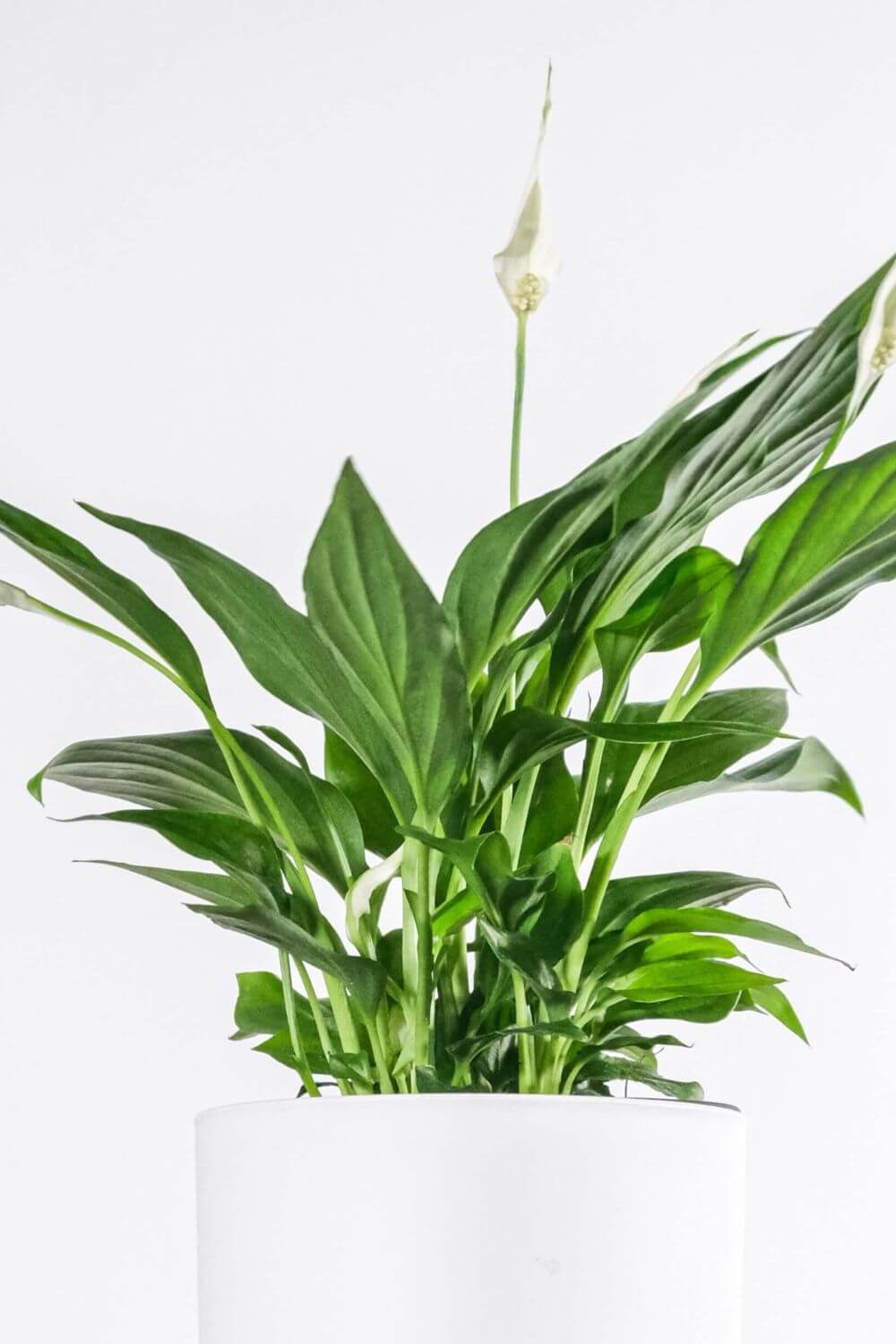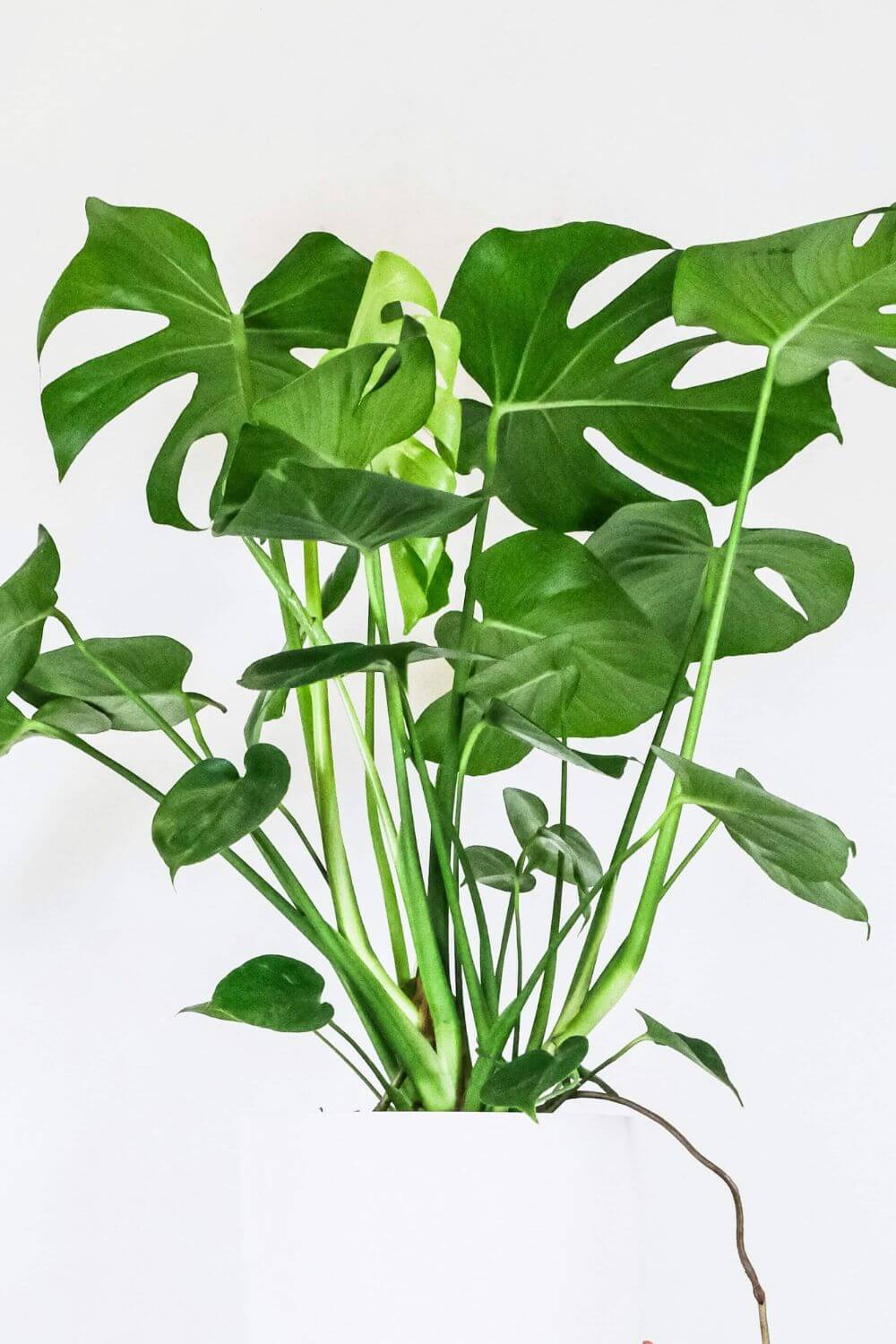Hey there,
Everyone loves indoor plants as they enhance the beauty of our homes and bring us closer to nature. However, we need to be aware that if there are small children or pets at home, we must carefully choose the plants we bring into the house. Improperly selected, toxic plants can pose serious problems. Let’s go through which plants are advisable to avoid when there are small children or pets around.
Toxic plants at home
1. Dieffenbachia
Toxic part: leaves and stem
Reason: Dieffenbachia leaves contain toxic substances, such as oxalic acid, which can cause irritation and swelling on the skin and in the mouth. Ingestion can lead to more severe issues, including burning sensations in the mouth and throat, difficulty swallowing, and potentially choking.
2. Philodendron
Toxic part: leaves and stem
Reason: Philodendron contains oxalic acid, similar to dieffenbachia, causing skin and oral irritation. Ingestion can result in severe poisoning, including vomiting, diarrhea, and oral irritation.
3. Cyclamen
Toxic part: tuber
Reason: The tuber of cyclamen contains toxic alkaloids like saponin or cyclamine-glucoside that can cause vomiting, diarrhea, cardiac issues, and even death.
4. Begonia
Toxic part: tuber and leaves
Reason: Begonia may contain oxalic acid and potassium oxalate, causing severe skin irritation and stomach discomfort. Ingestion can result in oral and esophageal irritation.
5. Poinsettia
Toxic part: leaves and stem
Reason: Poinsettia leaves and stems contain toxic latex sap that can cause skin irritation and gastrointestinal issues. Sensitive individuals may also experience skin irritation around the eyes and mouth.
6. Lily (Lilium)
Toxic part: leaves, roots, and flowers
Reason: All parts of the lily plant contain toxic alkaloids, such as colchicine, which can induce vomiting, diarrhea, heart issues, and even death.
7. Croton (Codiaeum)
Toxic part: leaves and stem
Reason: Croton plants may contain harmful phytochemicals that can cause vomiting, diarrhea, and stomach discomfort, especially if someone bites into the leaves or stem.
8. Oleander (Nerium)
Toxic part: all parts
Reason: Oleander may contain cardioactive glycosides, leading to damage to the heart and nervous system. Poisoning symptoms include vomiting, diarrhea, cardiac rhythm disturbances, and potentially fatal outcomes.
9. Azalea
Toxic part: all parts
Reason: Azalea is entirely toxic, containing azalea alkaloids that can cause stomach discomfort, vomiting, diarrhea, dizziness, and even coma.
10. Peace Lily (Spathiphyllum)
Toxic part: all parts
Reason: Every part of the peace lily plant is toxic, containing alkaloids and oxalic acid, leading to severe poisoning, vomiting, diarrhea, and potential kidney damage.
11. Ferns
Toxic part: leaves
Reason: Some fern varieties can be toxic (for ex. Eagle fern- Pteridium aquilinium), containing poisonous substances like saponins and thiaminase. Ingestion can lead to severe poisoning, diarrhea, and vomiting.
12. Cactus
Toxic part: spines and sap
Reason: Cactus spines are sharp and can be irritating, while the plant’s sap may cause skin irritation. Pricking by the spines can result in pain and swelling.
13. Snake Plant (Sansavieria)
Toxic part: leaves and stem
Reason: Snake plants may contain latent toxic compounds that can induce vomiting, diarrhea, and oral irritation. Skin irritation is also possible in sensitive individuals.
14. Yucca Palm
Toxic part: leaves
Reason: Yucca palm leaves are pointed and sharp, capable of causing scratches.
15. Ivy (Hedera sp.)
Toxic part: all parts
Reason: Ivy leaves contain oxalic acid, causing skin and oral irritation. Ingestion can result in stomach discomfort, vomiting, and oral irritation.
16. Monstera
Toxic part: leaves and stem
Reason: Monstera leaves may contain poisonous substances, which can be irritating, similar to other plants containing oxalic acid. Ingestion can lead to more severe symptoms, such as vomiting and diarrhea.
18. Anthurium
Toxic part: leaves and flowers
Reason: Anthurium leaves and flowers contain saponin, causing irritation on the skin and in the mouth. Ingestion may result in stomach discomfort and vomiting.
19. Ficus
Toxic part: all parts
Reason: The latex sap found in the leaves and stem of the plant irritates, containing resin and, in addition to caoutchouc, also coumarin. After entering the digestive tract, it can quickly induce severe vomiting and diarrhea. In larger quantities, even in adults, its consumption can lead to choking.
Steps to take if an incident has occurred
In the case of a Small Child:
- Remove from the Mouth: Immediately take out any plant material from the child’s mouth. Use tweezers or forceps, but be careful not to injure the oral cavity.
- Do Not Induce Vomiting: It is not recommended to induce vomiting, as this may worsen the situation, especially with certain plants.
- Call Poison Control or a Doctor: Call your local poison control center or a doctor immediately and follow their instructions. Clearly explain which plant was ingested!
- Call an Ambulance: If the child exhibits severe symptoms like intense vomiting or difficulty breathing, call an ambulance immediately.
In the case of a Pet:
- Do Not Ignore Symptoms: Monitor the pet and note any symptoms, including vomiting, diarrhea, tremors, or any unusual behavior.
- Retrieve the Plant: If possible, bring the plant that the pet consumed to aid the veterinarian in identifying the toxic substances.
- Call the Veterinarian or Poison Control for Pets: Call the veterinarian or your local pet poison control center immediately and follow their instructions. Clearly state the type of plant involved, if known.
- Avoid Inducing Vomiting: Do not attempt to induce vomiting in the pet unless directed by the veterinarian, as it may cause additional harm in some cases.
- Follow the Veterinarian’s Instructions: Follow the veterinarian’s instructions precisely, including necessary examinations and treatments.
It is crucial to seek professional help as soon as possible, whether it’s for a child or a pet. In cases of poisoning, fast action can help minimize damage and increase the chances of recovery.
How can trouble be prevented?
You don’t have to throw out any poisonous houseplant right now, you just need to handle it more carefully. What does this mean in practice?
- Find a location for the plant where small children or pets cannot reach it under any circumstances.
- Always use protective gloves when planting, transplanting, propagating, or pruning the plant.
- If you touch the plant with bare hands, always wash your hands thoroughly.
Conclusion
These plants can pose dangers, so it’s crucial to keep them out of reach of children and pets and ensure they are placed in a secure location. If possible, keep other indoor plants in the house that are non-toxic, such as Tillandsia, Adiantum, or Platycerum.
Finally, remember that sharing your home with a small child or a pet doesn’t mean you must give up your love of indoor plants. However, it’s important to choose them carefully so that everyone can enjoy the beauty of the plants safely.




















0 Comments